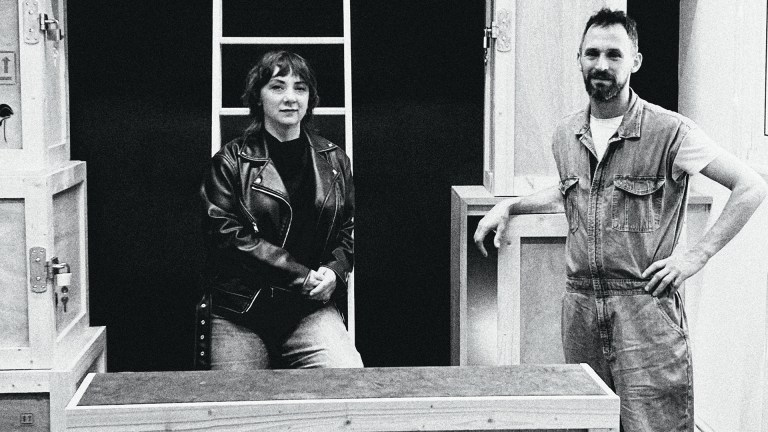In 2014, the UN Special Rapporteur on Adequate Housing, Raquel Rolnik, visited the United Kingdom. Her findings made for grim reading. House prices had increased by 200 per cent between 1997 and 2012, while median full-time earnings rose just 55 per cent. Private rents had risen, even as social housing provision had been eroded. With homelessness on the rise, the fifth richest economy in the world was failing in its obligations to protect the human right to adequate housing. Little has changed since.
The last 50 years has seen a series of measures and practices introduced which have pushed up house prices while reducing the stock of available, affordable housing. How did we get here?
Support The Big Issue and our vendors by signing up for a subscription
Social housing was sold off en masse at below market rates in the 1980s, and most of it was not replaced. At the same time, strict controls on bank loans were removed and the building societies were allowed to turn themselves into ordinary banks.
All this meant that credit became more easily available, making it much easier for the average person to secure a mortgage. With mortgages more readily available than ever, the pool of potential house buyers increased far faster than the supply of new housing, pushing up prices. And with the removal of rent controls in the 1970s, many more wealthy homeowners were hoping to make a quick buck by becoming landlords.
As house prices rose to meet all this new demand, people started to believe that investing in housing was a one-way bet, so they jumped on the bandwagon too, pushing up prices further. But when lending started to dry up, demand levelled off, and so did prices, giving us the housing crash of the early 1990s. It wasn’t long, however, before the party started up again. This time, banks came up with ever more ingenious ways to convince themselves (and the regulators) they could continue to increase their lending forever, with disastrous consequences.









